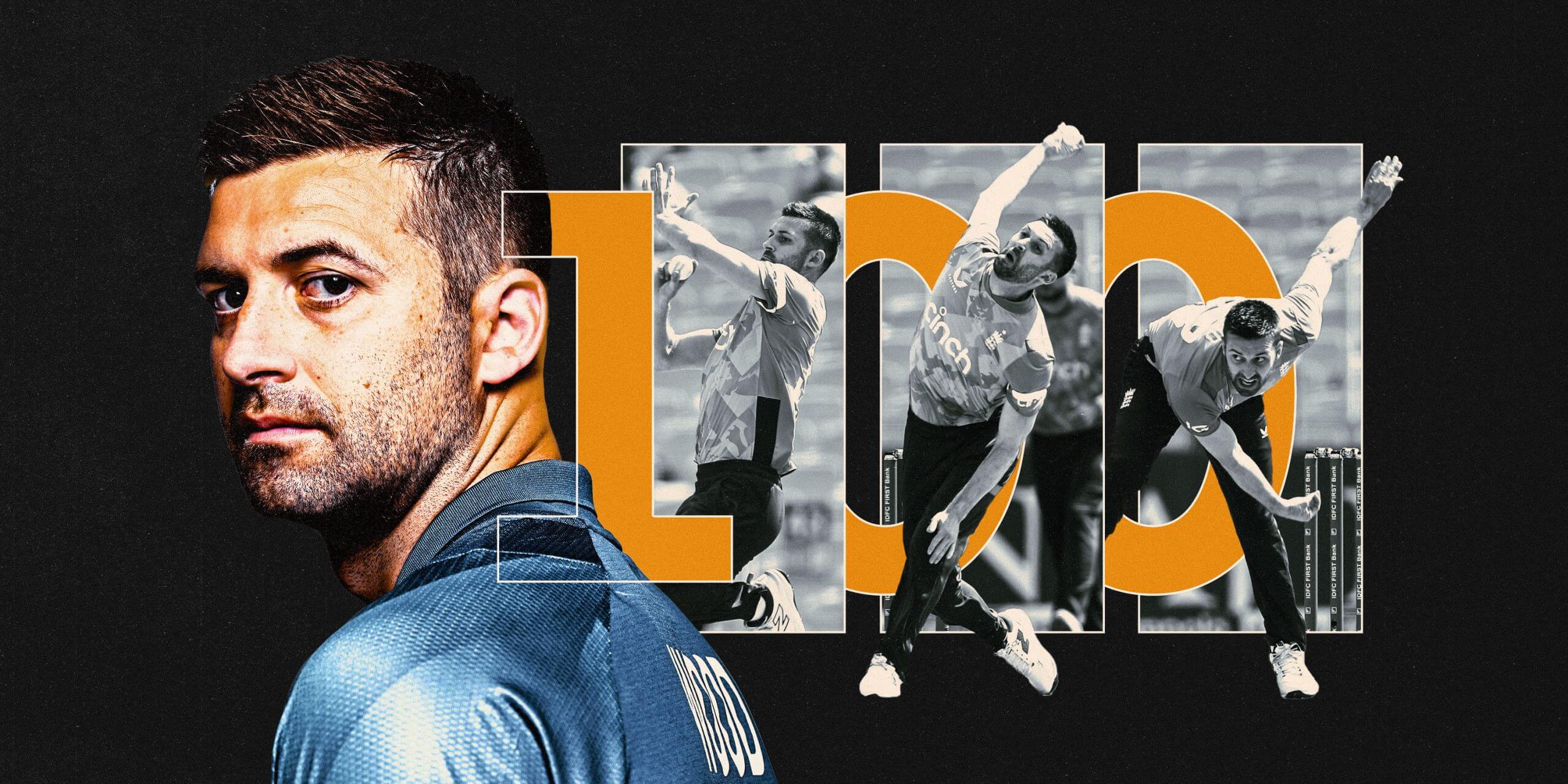The sport of cricket stands on the brink of a historic achievement, as the quest to consistently bowl at an astonishing 100 miles per hour continues to captivate enthusiasts and athletes alike. At the forefront of this monumental pursuit is English paceman Mark Wood, whose relentless dedication embodies the pinnacle of high-performance fast bowling. This mythical speed, rarely witnessed in the game’s long history, represents not merely a numerical milestone but a significant frontier in human athletic potential within cricket, challenging the very limits of what the human body can endure and achieve.
Generating such blistering bowling speed demands an extraordinary confluence of physical prowess, intricate biomechanical efficiency, and unparalleled power. The journey for an athlete like Wood involves years of meticulously refined technique, where every muscle fiber is primed to contribute to the explosive kinetic chain required for delivery. Achieving 100mph is a testament to peak physical conditioning, where the body is pushed to its absolute threshold, leveraging every ounce of strength and coordination to propel the cricket ball at velocities that defy conventional expectations.
The rigorous training regimes required to develop and maintain such extreme velocity come with inherent and significant risks, often testing the boundaries of an athlete’s resilience. Mark Wood’s career is a poignant illustration of this demanding path, marked by ongoing fitness battles and periods of injury recovery. His unwavering commitment to pushing his body for faster bowling speed underscores the immense physical sacrifices involved, highlighting the constant tightrope walk between optimal performance and the ever-present threat of breakdown in the pursuit of this cricketing holy grail.
Historically, the club of bowlers who have officially clocked 100mph is exceptionally exclusive, featuring legends like Shoaib Akhtar, Brett Lee, and Shaun Tait. Their names resonate with awe, symbolizing a rare blend of raw talent and relentless application. For Mark Wood to join this elite echelon would not only cement his legacy but also underscore the exceptional rarity of this achievement in modern cricket. The challenge extends beyond a single delivery; the true quest lies in the ability to consistently hit and maintain this extraordinary pace throughout a spell, a feat that amplifies the physical and mental demands exponentially.
The successful and consistent attainment of 100mph bowling speed holds the potential to profoundly redefine the strategic landscape of fast bowling in cricket. Such pace alters match dynamics, influencing everything from batting techniques and field placements to overall team strategies. It could fundamentally shift the balance of power, providing an unparalleled weapon capable of dismantling even the most resolute batting lineups. Beyond the immediate tactical advantages, a bowler consistently operating at this velocity inspires future generations, pushing the boundaries of what is considered achievable in the sport and fueling innovations in sports science and training methodologies.
Ultimately, the pursuit of 100mph is as much a test of mental fortitude as it is of raw physical power. Mark Wood’s persistent drive, despite setbacks, exemplifies the unwavering resolve necessary to chase such a monumental goal. His potential achievement is not merely about individual glory; it represents a significant frontier in the evolution of cricket’s most potent and awe-inspiring weapon. It captures the imagination of fans globally, sparking debate and wonder about the ultimate limits of human athletic potential within the game, solidifying its place as one of cricket’s most captivating challenges.
Discover more from The Time News
Subscribe to get the latest posts sent to your email.




